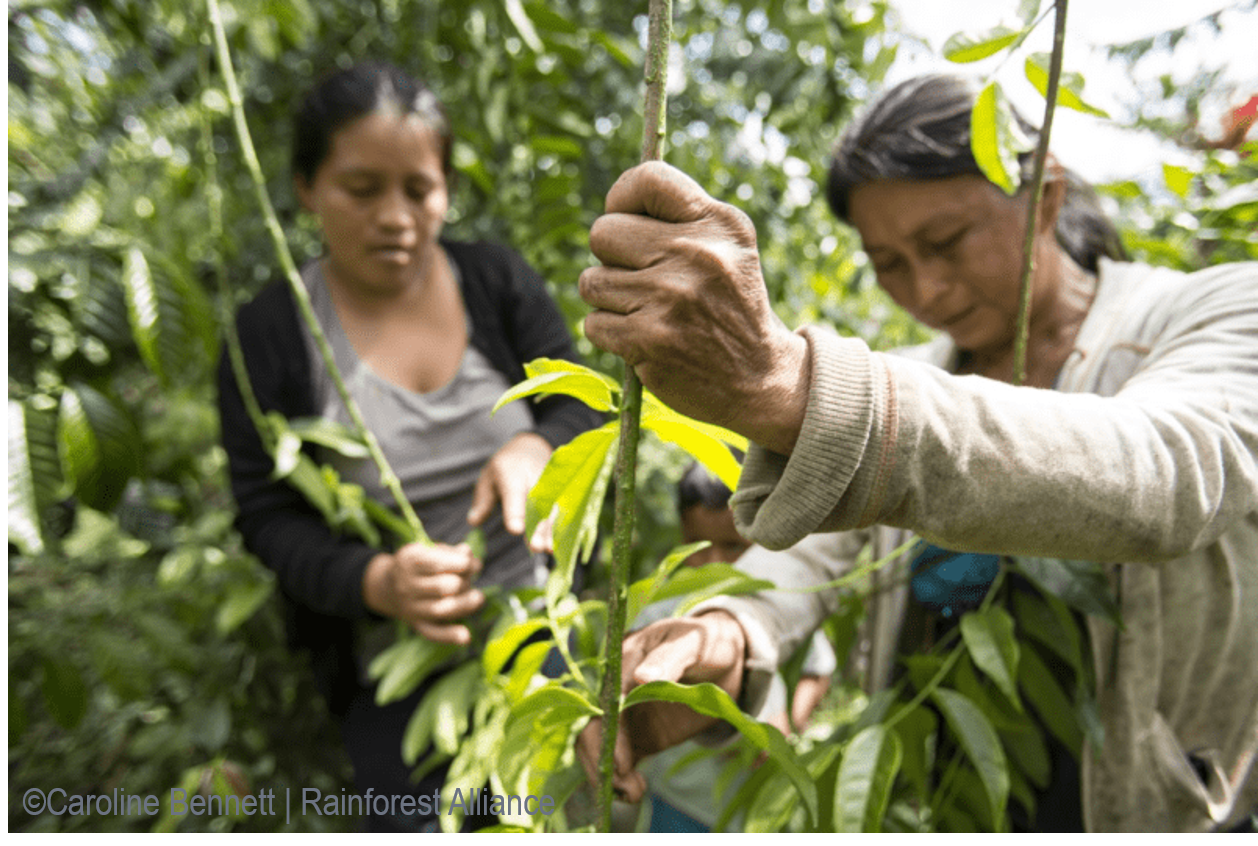How can appreciation help with building sustainable supply chains?
During this pandemic, sustainability has gained a considerable following. More companies, consumers and certifications have joined the effort to build more sustainable global supply chains.
The vision of the sustainable chain can be defined in two ways - as a supply chain that does no harm to people or planet, or as a supply chain that leaves communities, workers and the environment in a better state than before. What is the key difference between these two definitions?
The first uses a diagnostic lens, the second applies an appreciative lens. A diagnostic lens focuses on eliminating what is wrong, damaging or unfair. An appreciative lens focuses on building on what works and generating more value and benefit. The former tends to be more risk focused with its emphasis on reducing harm, the latter tends to be more focused on building the ideal - the sustainable supply chain.
So what? What can appreciation offer to the pragmatic pursuit of more sustainable, fair and more circular supply chains? Read on…
We need motivation to change the world and transform supply chains
We recently examined the role of appreciation in a podcast episode with &Wider founder and CEO, Lea Esterhuizen and colleague Emily Vining. The two discussed the role of Appreciative Inquiry in driving continuous improvement in global supply chains.
Whilst it may be tempting to focus all our reporting and analysis on the challenges being faced in sourcing geographies, appreciation offers a more holistic picture
Appreciative Inquiry is a method and a workshop tool that comes from organizational psychology, in which participants are called to discuss how to tackle a particular issue, by starting with what is working well (tools, approaches, expertise they already have which are effective and worth appreciating).
What is currently working when it comes to X? Once participants have generated the list of what they have which is already working and valuable when it comes to X, then the group moves onto the second step - what is the ideal? This is the design stage, and the third stage helps you brainstorm how you practically get from where you are to your ideal. Lastly, what are the priority steps you have to take in order to pursue the ideal?
How does this translate in today’s fraught workplace and complex global supply chains? Whilst it may be tempting to focus all our reporting and analysis on the very real but adverse challenges being faced in sourcing geographies the world over, appreciation offers a more holistic picture by identifying both what is going well and what needs improvement.
This appreciative lens…is effective in triggering buy-in and motivation.
This drives the use of systems that gather insight on strengths as well as gaps, thereby generating useful data for annual reporting purposes (when cumulative impact and not merely risk data are needed). This appreciative lens focuses on what works well already, dreaming up the ideal workplace, translating that into an operational design and then planning practically what first steps we take to get from here to there. This is effective in triggering buy-in and motivation.
Using Appreciative Inquiry for workplace change can greatly benefit our sustainability professionals because it replaces diagnostic inquiry with a creative process of building better supply chains with better working conditions.
If we want to do due diligence differently, if we want to make our sustainability efforts drive rapid material improvement, we need all the actors to be motivated to step forward and play their part. You generate that willingness by deploying a positive yet practical lens and a participatory design process - using Appreciative Inquiry. Try it.



